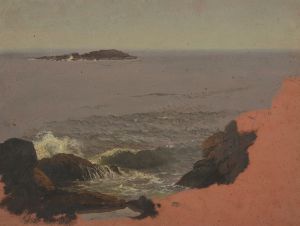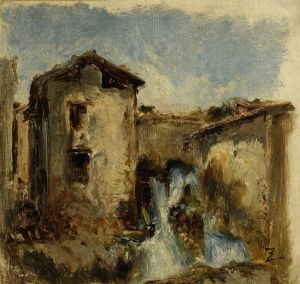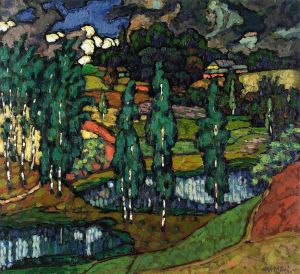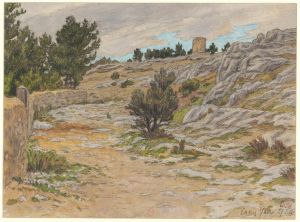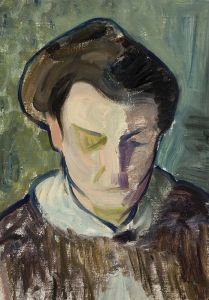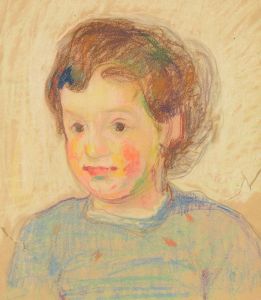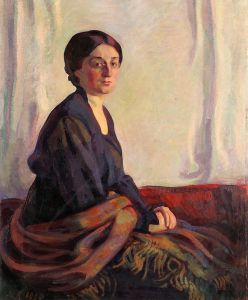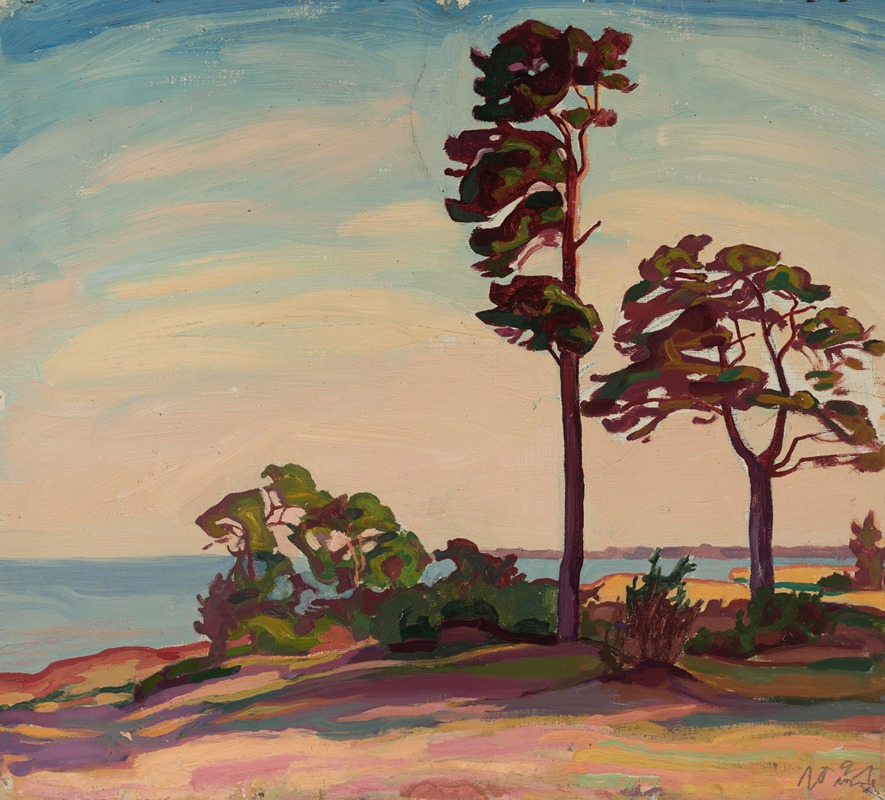
Saaremaa rannamaastik
A hand-painted replica of Nikolai Triik’s masterpiece Saaremaa rannamaastik, meticulously crafted by professional artists to capture the true essence of the original. Each piece is created with museum-quality canvas and rare mineral pigments, carefully painted by experienced artists with delicate brushstrokes and rich, layered colors to perfectly recreate the texture of the original artwork. Unlike machine-printed reproductions, this hand-painted version brings the painting to life, infused with the artist’s emotions and skill in every stroke. Whether for personal collection or home decoration, it instantly elevates the artistic atmosphere of any space.
Nikolai Triik was an Estonian painter and graphic artist, known for his contributions to the development of modern art in Estonia during the early 20th century. One of his notable works is "Saaremaa rannamaastik," which translates to "Saaremaa Coastal Landscape." This painting is a significant example of Triik's artistic style and his connection to the Estonian landscape.
Nikolai Triik was born on August 7, 1884, in Tallinn, Estonia. He studied art in Saint Petersburg, Russia, and later in Paris, France, where he was influenced by various modernist movements, including Impressionism and Symbolism. Triik's exposure to these styles is evident in his work, which often features bold colors and expressive forms.
"Saaremaa rannamaastik" is a landscape painting that captures the coastal scenery of Saaremaa, the largest island in Estonia. Saaremaa is known for its picturesque landscapes, including rocky shores, sandy beaches, and lush forests. Triik's painting reflects the natural beauty of this region, showcasing his ability to convey the essence of the Estonian landscape through his art.
The painting is characterized by its vibrant use of color and dynamic composition. Triik employed a palette that highlights the natural hues of the coastal environment, using blues, greens, and earth tones to depict the sea, sky, and land. The brushwork is expressive, capturing the movement of the waves and the texture of the terrain. This approach aligns with the modernist tendencies of the time, where artists sought to move away from realistic depictions and instead focus on conveying mood and atmosphere.
Triik's work, including "Saaremaa rannamaastik," played a crucial role in the development of Estonian national art. During the early 20th century, Estonia was undergoing a period of national awakening, and artists like Triik were instrumental in establishing a distinct Estonian cultural identity. By depicting local landscapes and themes, Triik and his contemporaries contributed to a sense of national pride and cultural heritage.
"Saaremaa rannamaastik" is also significant in the context of Triik's broader oeuvre. Throughout his career, Triik explored various themes and styles, but his landscapes remain some of his most celebrated works. These paintings not only demonstrate his technical skill but also his deep connection to the Estonian land and its natural beauty.
Today, Nikolai Triik is regarded as one of Estonia's most important artists, and his works are held in high esteem both in Estonia and internationally. "Saaremaa rannamaastik" is an exemplary piece that showcases his contribution to modern art and his role in shaping Estonian cultural identity. The painting is part of the collection at the Art Museum of Estonia, where it continues to be appreciated by art enthusiasts and scholars alike.
In summary, "Saaremaa rannamaastik" by Nikolai Triik is a significant work that captures the essence of the Estonian coastal landscape through modernist techniques. It reflects Triik's artistic vision and his contribution to the national art movement in Estonia, making it an important piece in the history of Estonian art.








